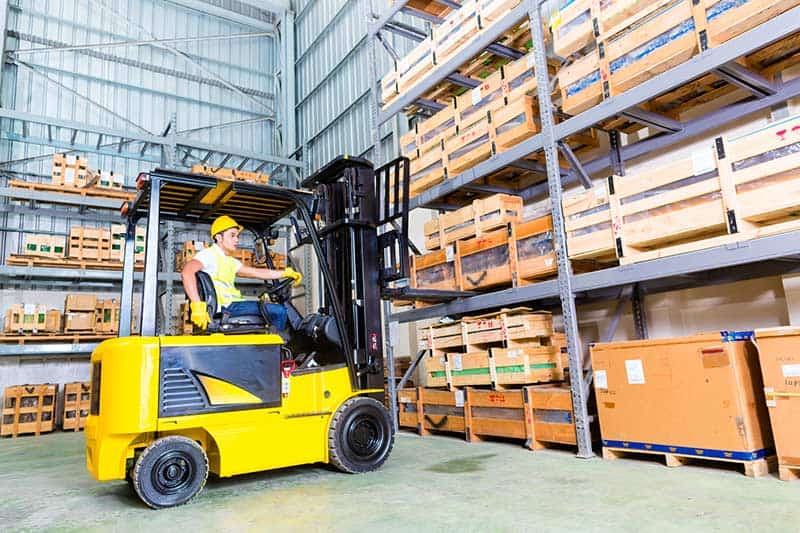
Freight handling services form the backbone of Canada’s logistics industry. Firstly, these services involve every essential step required to move cargo safely from one point to another. For example, they start with unloading at ports and airports, then continue through packaging, inspection, and distribution, and finally ensure secure delivery. Moreover, by understanding the freight handling process, shippers gain greater control over efficiency, cost, and compliance.
In this article, we explain the main types of freight handling, outline the step-by-step process, and highlight the equipment that keeps goods moving across Canada.
What Are Freight Handling Services?
Freight handling services include all operations required to receive, manage, and deliver cargo securely. In Canada, these services are crucial at major ports, airports, and rail terminals where goods transfer between transportation modes.
Key services typically include:
- Loading and unloading cargo from ships, planes, trucks, or railcars.
- Inspection and documentation for customs clearance.
- Sorting and palletizing to prepare goods for efficient storage or onward shipping.
- Packaging and crating to protect fragile or oversized items.
- Storage and warehousing before the next stage of transportation.
The Freight Handling Process
The freight handling process in Canada follows a structured path designed to reduce delays and protect cargo integrity.
- Receiving Cargo – Goods are accepted at terminals and checked against shipping documents.
- Inspection & Verification – Cargo is examined for damage, labeling accuracy, and compliance.
- Documentation – Customs paperwork, permits, and invoices are verified.
- Sorting & Packaging – Shipments are grouped, palletized, or crated for efficiency.
- Storage – Goods may be placed in bonded warehouses, cold storage, or staging areas.
- Loading & Transfer – Cargo is moved with equipment such as forklifts or cranes and loaded for transport.
- Final Delivery – Shipments are distributed to consignees or transferred to last-mile carriers.
This process ensures goods move seamlessly across supply chains while meeting Canadian and international standards.
Types of Freight Handling
Different cargo requires different handling methods. The main types of freight handling in Canada include:
| Type of Handling | Description | Typical Cargo Examples |
|---|---|---|
| Manual Handling | Workers physically move smaller packages. | Small parcels, retail shipments |
| Mechanical Handling | Forklifts, conveyors, or cranes manage cargo. | Pallets, machinery, heavy loads |
| Container Handling | Standardized containers for intermodal transfer. | International shipping containers |
| Specialized Handling | Requires unique conditions or compliance. | Hazmat, perishable, reefer cargo |
Each type comes with unique risks and cost factors, which is why using professional services is vital.
Freight Handling Equipment
Modern freight handling relies on specialized equipment to move goods safely and efficiently:
- Forklifts: For lifting and stacking palletized cargo.
- Cranes: For oversized or heavy shipments like industrial machinery.
- Conveyors: For continuous movement of parcels or bulk cargo.
- Pallet Jacks: For moving small loads within warehouses.
- Reefer Equipment: Used for temperature-sensitive cargo, including pharmaceuticals and perishable goods, ensuring consistent cold chain integrity.
- Unit Load Devices (ULDs): Used in air freight to maximize aircraft space.
Equipment selection depends on cargo type, terminal infrastructure, and safety requirements.
Benefits of Professional Freight Handling Services
Working with experienced logistics providers offers major advantages:
- Safety: Reduces cargo damage and workplace injuries.
- Efficiency: Faster turnaround at terminals lowers costs.
- Compliance: Ensures shipments meet CBSA and international trade standards.
- Scalability: Services adapt to small businesses and large industrial projects alike.
Why Choose Metropolitan Logistics
Metropolitan Logistics delivers professional freight handling services across Canada, offering:
- Tailored solutions for importers, exporters, and manufacturers.
- Expertise in container, air, and rail freight handling.
- Value-added services such as Custom Crating and industrial packaging.
- Nationwide coverage across Toronto, Vancouver, Montreal, Halifax, Calgary, and Edmonton.
By combining advanced equipment, skilled labor, and regulatory knowledge, we ensure your cargo moves securely and efficiently.
Conclusion
Freight handling services in Canada are the foundation of efficient logistics. By understanding the process, types, and equipment involved, businesses can improve supply chain performance and reduce costs. Choosing the right logistics partner ensures compliance, safety, and reliability in every shipment.